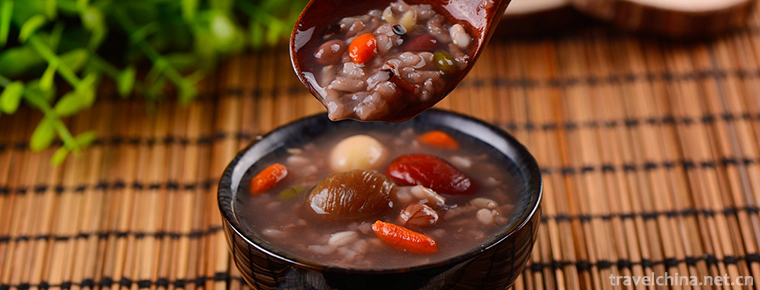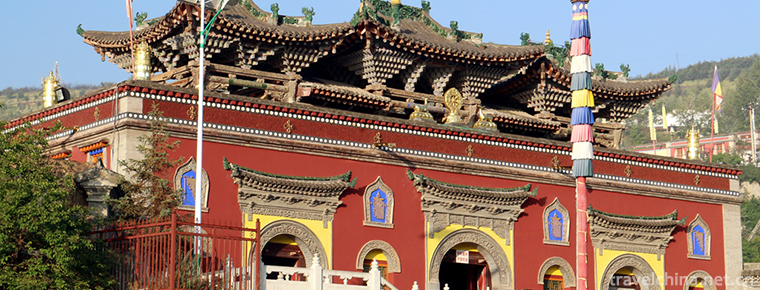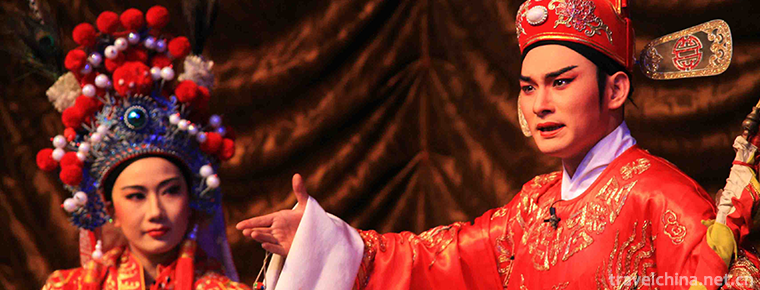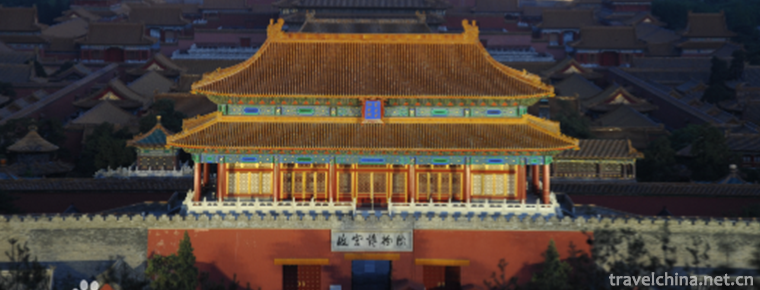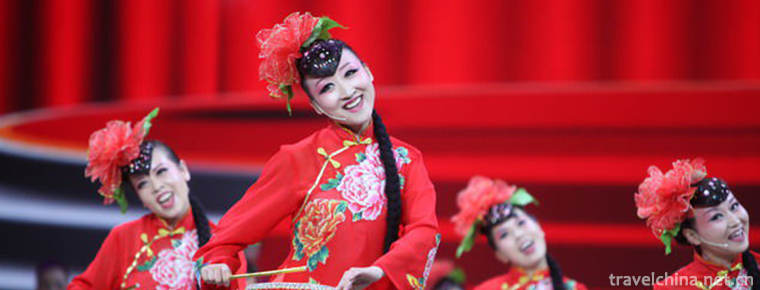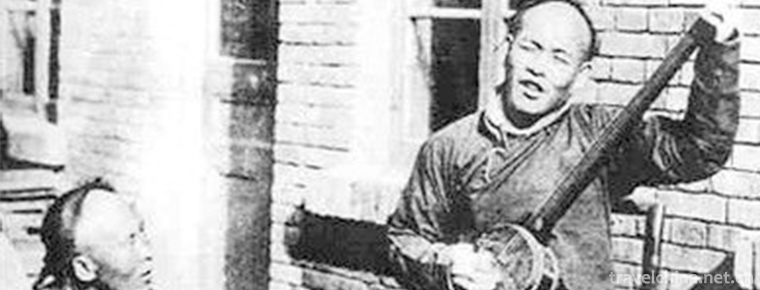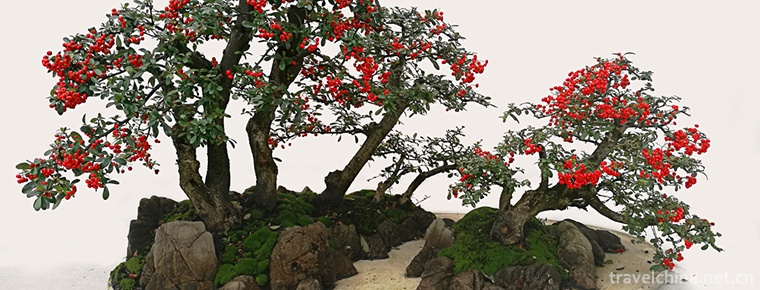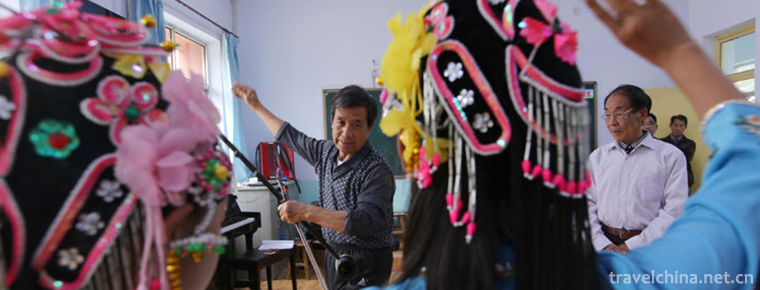Shantou beef ball
Beef balls, also known as hand pounding beef balls, are one of the famous traditional snacks in Shantou City, Guangdong Province, which originated from Chaozhou cuisine. Beef balls, as the most famous and popular traditional snack in Shantou and Chaoshan area of Guangdong Province, can serve as snacks as well as a feast soup.
The beef balls are meticulous, bright and ruddy, soft and crisp and elastic, delicious and fragrant, and tender and smooth.
Shantou beef seven beef ball has a history of nearly one hundred years. Generally, beef balls can be divided into beef balls and beef tendon balls. Beef balls are made of pure fresh meat. The meat is tender and crisp. Beef tendon balls add tender tendons to beef to make it taste more fragrant, more elastic, crisp and tender, with soup in the balls and splashing delicious juice in the mouth. In the early 1990s, Hong Kong Wulitou Master Zhou Xingchi introduced beef balls into his film and television creation. As soon as "God of Eat" was broadcast, Setsui beef balls became popular in the north and south of the Yangtze River. Many tourists admired it and went to have a try. But many people did not know that the prototype of Setsui beef balls was Shantou Niuqi beef balls (Niujinwan pills). In Hong Kong, the city of delicacies, it also greatly promoted the spread of beef balls, which made Chaoshan Niuqi beef balls popular at home and abroad. Nowadays, although beef balls are imitated in many places, the local products of Chaoshan are still authentic in the food industry. In 2003, Shantou beef seven beef balls were named "Chinese snacks".
Matters needing attention
1. Boil the beef balls in the pot until they are first boiled (water should not be too boiling when boiling, otherwise the beef balls will not be smooth).
2, add proper amount of MSG, sesame oil, pepper and celery, and serve with catchup or chilli sauce.
3, many people eat beef balls dipped in chili sauce, but still dip in the local specialty tea sauce is the most authentic.
4. Beef balls can also be roasted and eaten. When roasting, the beef balls are cut into two halves. When they are roasted with sauce and honey, they can be chewed.
Nutrient composition
Beef (fat): Beef is rich in protein, amino acid composition is closer to human needs than pork, can improve the body's disease resistance, growth and development, post-morbidity care in the supplement of blood loss, tissue repair and other aspects are particularly appropriate, cold winter beef can warm the stomach, is the season's best tonic; Replenish qi, nourish spleen and stomach, strengthen bones and muscles, dissipate phlegm and wind, stop thirst and stop saliva. It is suitable for people who are concealed in middle Qi, short in Qi, short in body, weak in muscles and bones, long in anemia and dizzy in complexion.
Starch (Vicia faba): Vicia faba is rich in calcium, zinc, manganese, phospholipids and other important components of the brain and nervous tissue, and rich in choline, has the effect of increasing memory and strengthening the brain. For those who are dealing with examinations or mental workers, proper consumption of broad beans may have some effect. Protein in broad bean can delay arteriosclerosis. Crude fibers in broad bean skin can reduce cholesterol and promote intestinal peristalsis. At the same time, faba bean is also one of the anti-cancer foods, and plays a certain role in the prevention of intestinal cancer.
After nearly 100 years of development, beef balls have also extended many legendary stories and classic remarks:
Guo Guangbao said in his article "Gourmet Garden Vegetables Win Treasures" that in the early 1960s, Marshal He Long, accompanied by Tao Zhu, the first political commissar of Guangzhou Military Region, visited the frontier troops of the field army and came to Chaoshan area and lived in Fengshan Barracks of Chaozhou. Meals are done by young Chaozhou chef Da CAI. Except for Moutai, the table is a regular dish. He always eats "Chao-style beef balls" and calls for good dishes. "Chao-style beef balls" have good elasticity. Dalao Cai introduced his practice as follows: break the beef slices with iron bars, never chop them with knives, so that the balls can bounce up, the mouth can feel crisp, and a little crisp sound can be heard. This is the wonderful effect of "Chaoshan Beef Ball" produced by different ways of production from other places. This lucky encounter, in the life of Dalao Cai, has become a singing reward. Dalao Cai is famous both at home and abroad, and "Chaoshan Beef Ball" has a legendary hazy color on the basis of its reputation.
The most classic story about Chaoshan beef balls is that of Wulitou Master Zhou Xingchi in the movie "God of Eating". In Hong Kong, one-third of the population originated in Chaoshan, so many Chaoshan people and Chaoshan people naturally enjoy popular food and eating habits in Hong Kong. Shantou beef balls and Shantou fish eggs (fish balls) are well-known snacks in Hong Kong, including high-end delicate Chaoshan cuisine. Shantou beef balls were packaged by Master Zhou's Wulitou comedy, and immediately became the classic delicacies of street and lane discussions. The concepts of urination and pulp explosion were deeply rooted in the hearts of the people, so that many manufacturers in the Mainland did not know why they imitated and justified their products, and designed many kinds of beef balls with heart wrapped. In fact, Zhou Xingchi was in ecstasy. The prototype of pee beef balls is Chaoshan beef balls, more precisely the beef tendon balls in beef balls, which Zhou Xingchi also verbally verified in an interview. In fact, because of the special technology of Chaoshan beef balls, solid balls can also make the feeling of urination, but because of Master Zhou's reputation, so many unknown people only know the beef balls of urination and do not know the beef balls of Shantou. This is also the influence of modern film and television and celebrity effect on the development of food.
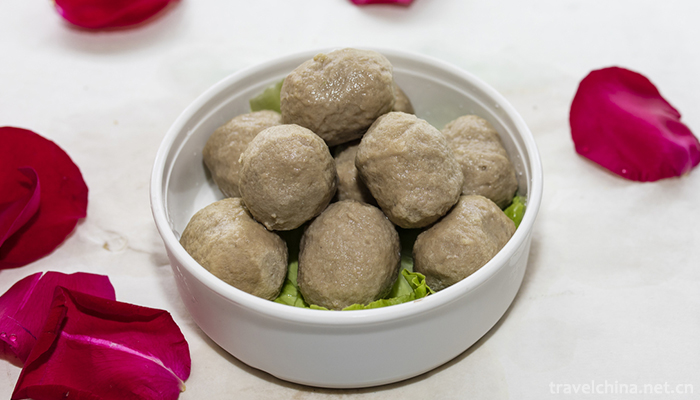
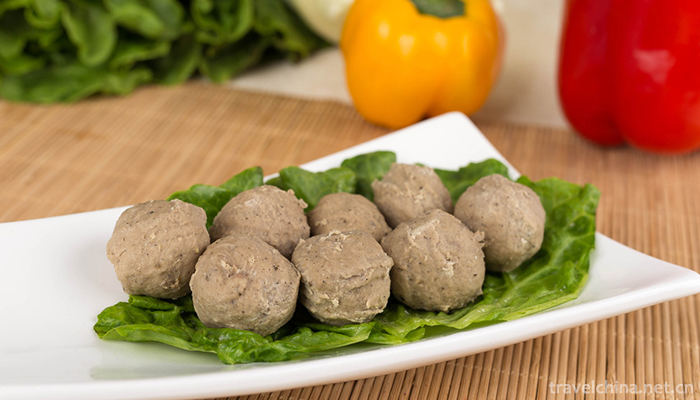
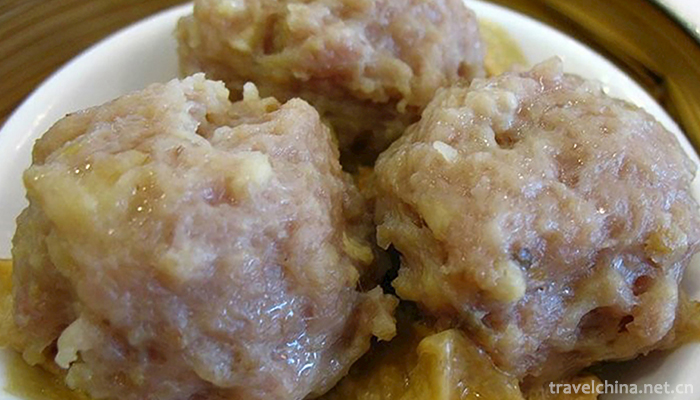
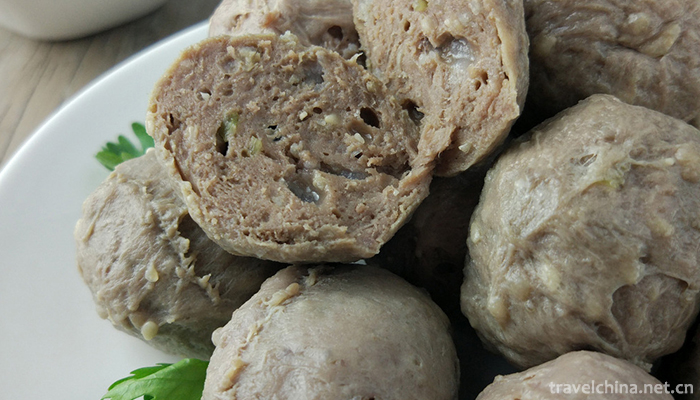
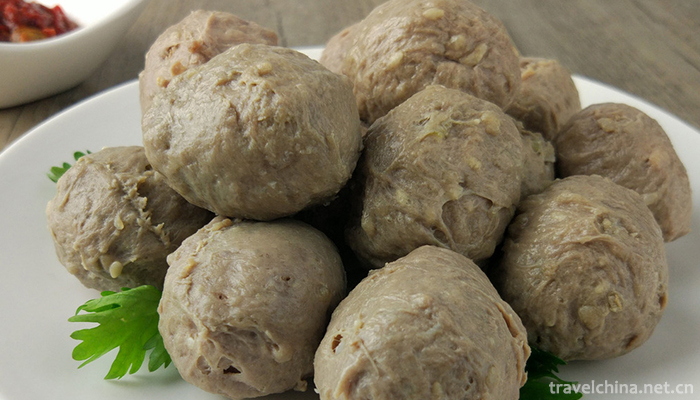
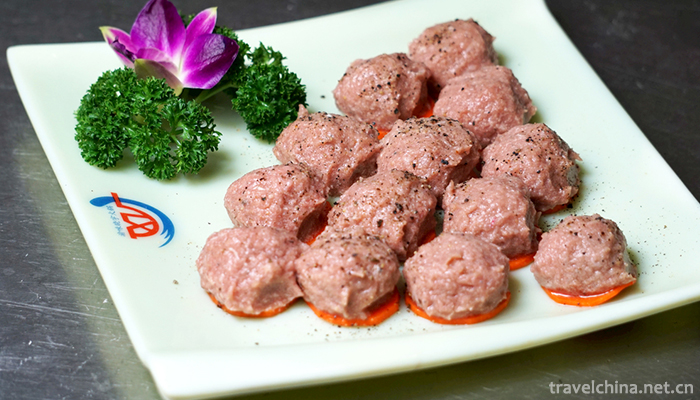
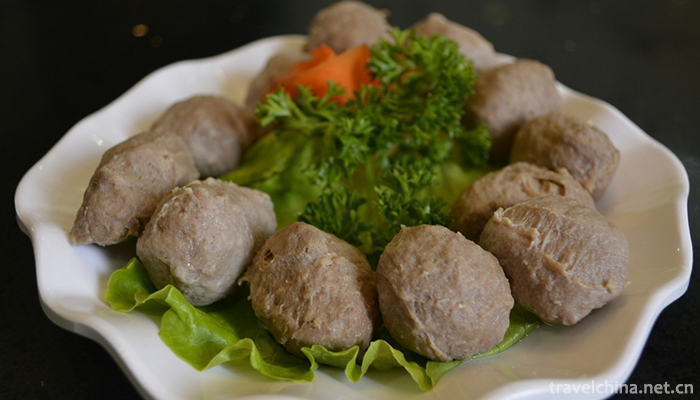
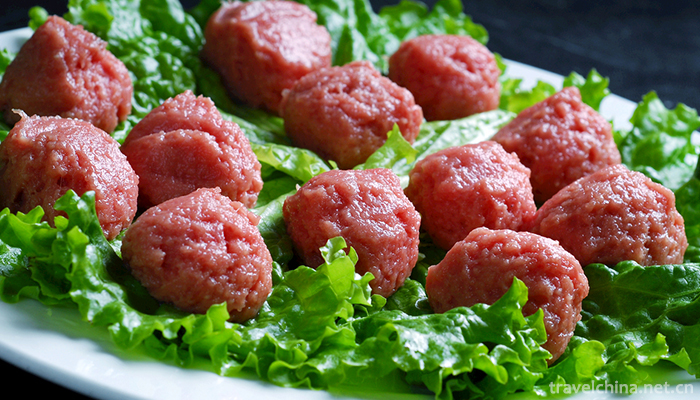
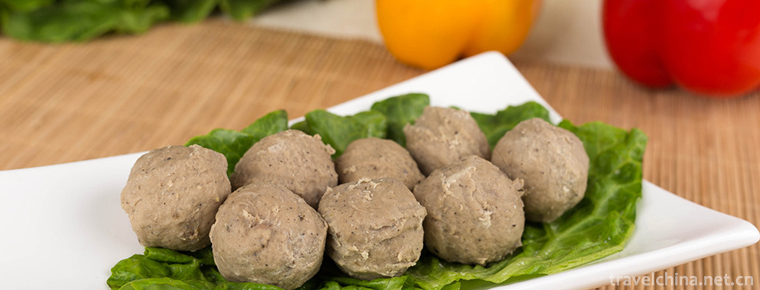
Shantou beef ball
-
Mixed Congee
Eight treasures, also known as Laba porridge, porridge, Chinese traditional festival food. It is a gruel made from a variety of ingredients in Laba. Chinese scholars in the Southern Song Dynasty
Views: 269 Time 2018-11-02 -
Taer Temple Scenic Area Xining City
Tar Temple, also known as Tar Temple, was founded in the 10th year of Hongwu Ming Dynasty (1377). Named after the Great Silver Pagoda built in memory of Zongkaba, the founder of the Yellow Religion
Views: 146 Time 2018-12-12 -
Chao Opera
Chaozhou Opera, known as "Chao Diao", "Chao Yin Opera" and "Bai Zizi Opera", was widely spread in Zhao'an, Yunxiao, Pinghe, Dongshan, Zhangpu and Nanjing of southern Fuji
Views: 193 Time 2019-04-16 -
Construction Skills of Official Ancient Architecture
In the process of construction and maintenance of the Palace Museum ancient buildings, a complete set of traditional palace building construction techniques with strict shape has been formed on the ba
Views: 311 Time 2019-05-01 -
Heluo drum
Heluo Dagu, commonly known as "Shuoshu", is one of the traditional local songs in Henan Province.
Views: 188 Time 2019-05-03 -
Ningxia Xiaoqu
Ningxia Xiaoqu, a national intangible cultural heritage project, is a traditional rap art form with strong local characteristics.
Views: 231 Time 2019-06-08 -
The technical skill of penjing
Bonsai art refers to the Soviet bonsai art, which originated in the Tang Dynasty, flourished in the Ming Dynasty, matured in the Qing Dynasty, and developed in modern times. Since the 1980s, Suzhou Bo
Views: 249 Time 2019-06-09 -
Parrot Opera
Parrot Opera, which originated in the reign of Qianlong in Qing Dynasty, inherited in Shanghe Village, Linzi District, Zibo City, Shandong Province, and is one of the national intangible cultural heri
Views: 168 Time 2019-07-25 -
Mount Emei Jinding
Mt. Emei Jinding, also known as Huazang temple, is located on the main peak of Emei Mountain in Sichuan Province, China (29.52567 ° n, 103.336802 ° E), with an altitude of 3077 m. It is the end point of Emei Mountain tour and one of the key Buddhist temples in the Han area.
Views: 336 Time 2020-10-15 -
Honorary title of Mianyang
National system to promote comprehensive innovation reform pilot area
Views: 339 Time 2020-12-14 -
Neijiang in the period of the Republic of China
The 1911 Revolution ended the rule of Qing Dynasty in Neijiang City. In the 24th year of the Republic of China (1935), Sichuan government was unified, and the districts, cities and counties of Neijiang City were divided into the second (Zizhong, Neijiang, Ziyang, Jianyang,
Views: 349 Time 2020-12-16 -
Education in Neijiang
By the end of 2019, there are 1170 schools at all levels in Neijiang City, with 570100 students and 39400 teaching staff. There are 689 kindergartens with 88900 students; 274 primary schools with 205400 students; 137 junior high schools with 126400 students;
Views: 359 Time 2020-12-16
